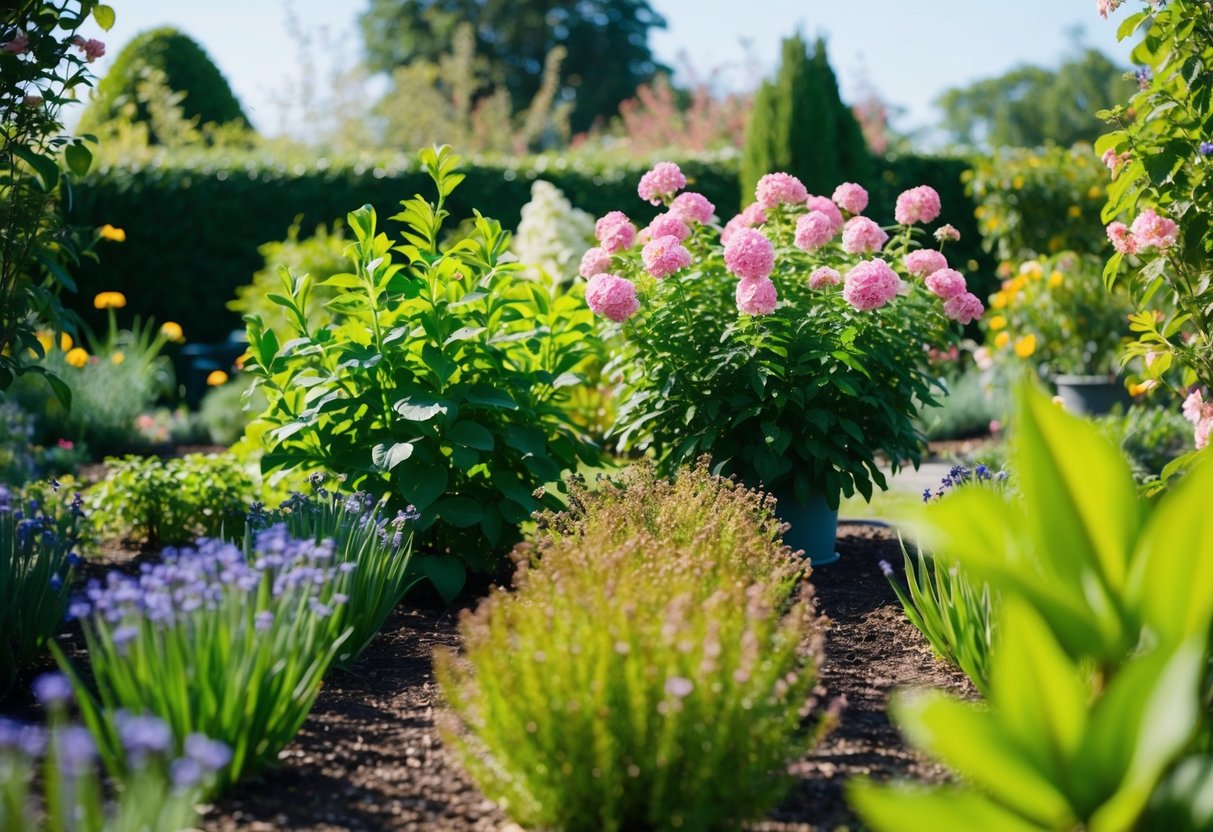
Gardening throughout the year requires a keen understanding of the changing seasons and adaptability to different environmental conditions. Preparing a garden effectively for each season enhances growth potential and makes the gardening process enjoyable and fruitful. A systematic approach to seasonal transitions can lead to vibrant growth and reduce common gardening pitfalls.
In the spring, waking up the garden is key. Cleaning up debris, replenishing soil nutrients, and evaluating space for new plantings are essential tasks. Summer’s heat demands consistent watering and strategies to mitigate plant stress, ensuring healthy blooms and produce.
Autumn introduces the need to fortify the garden for colder months by composting and mulching. Winter isn’t idle time; it’s an opportunity for planning and preparing tools for the coming year. By understanding seasonal tendencies and adapting gardening strategies accordingly, gardeners can enjoy a thriving, beautiful garden all year round.
Understanding Your Garden’s Needs
Your garden’s health largely depends on the soil’s condition, the effectiveness of water management techniques, and understanding how hardiness zones impact plant growth. These factors ensure your garden thrives in every season.
Soil Type and Preparation
Understanding the type of soil in your garden sets the foundation for successful gardening. Soil types such as sandy, clay, or loamy each have unique characteristics affecting nutrient availability and water retention. Conducting a soil test helps in identifying pH levels and essential nutrients. Based on this, gardeners can amend the soil with organic matter like compost or specific fertilizers to improve its structure and fertility. They should also consider implementing mulching techniques to conserve moisture and regulate temperature. Regularly turning soil aerates it, promoting healthy root growth and better plant health.
Water Management Techniques
Smart water management is essential in catering to a garden’s specific hydration needs. Factors such as regional climate, plant species, and soil type inform the watering schedule. Installing systems like drip irrigation ensures efficient water distribution, minimizing waste. Reading moisture levels and observing plant wilting or yellowing can guide watering adjustments. Mulching also plays a role in retaining soil moisture. It minimizes evaporation, ensuring that plants remain hydrated during dry spells. Seasonally, gardeners should adjust water patterns—more frequent yet shorter watering in summer and deeper, less frequent in cooler months.
Identifying Hardiness Zones
A garden’s success hinges on knowing its hardiness zone, which indicates the coldest temperature a plant can endure. These zones are determined by geographic area and influence plant types best suited for the climate. Selecting plants compatible with the garden’s hardiness zone reduces the risk of frost damage and extends growing seasons. Gardeners need to check their local zone using available maps or online resources. They should choose plants accordingly, considering perennials known for resilience in the specified zone or annuals suitable for planned rotations. This knowledge aids in smart planning and ensures a vibrant, healthy garden throughout the year.
Spring Gardening Essentials
Spring gardening is a time of renewed life and vibrant colors. To make the most of spring, it’s important to focus on preparing garden beds and selecting the right plants that will thrive in this season. Both tasks are crucial for a healthy and flourishing garden.
Preparing Garden Beds for Early Spring
Early spring preparation is the foundation of successful spring gardening. Start by clearing out debris left by winter, such as fallen leaves, twigs, and dead plant matter. This ensures that pests and diseases from the previous season do not affect new growth.
Soil preparation is equally important. Test and amend the soil with compost or organic matter to enhance fertility and drainage. This step strengthens plants against early spring weather fluctuations. Gardeners should also work the soil only when it is dry enough to crumble, as tilling wet soil can cause compaction.
Spring is an ideal time to apply a layer of mulch. Mulch maintains soil temperature and moisture, creating a nurturing environment for germination. It’s also the best time to repair any broken structures, like fences or trellises, to support new plants later in the season.